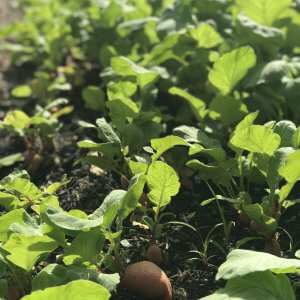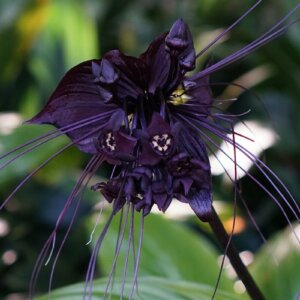About Our Audience:
Insteading readers are active gardeners, beekeepers, chicken herders, permaculturalists, environmentalists, and many other things. Our readers range from newbies looking to plant their first raised bed, to advanced homesteaders who live in earthen homes powered by solar panels and produce most of what they eat. Our readers make sustainable and organic choices whenever they can, and as a site we discourage wasteful consumerism.
As you can imagine, it’s important to us that we publish content that our readers will enjoy, so please keep these values, interests, and skill levels in mind as you write content for our site.
Insteading Core Topic Areas
Our core topics fit into the following categories:
- Gardening (covering vegetables, trees/perennials, soil building, mushrooms, ornamentals, etc.)
- Animals (especially chickens & bees, but also goats, pigs, ducks, aquaponics, and “ornamental” animals you’d encounter on the homestead like dogs, cats, butterflies, birds, etc.)
- Building (core topics include tiny houses, cob, earthbag, upcycled/recycled materials, small outbuildings around the homestead, green and sustainable building options for the home, and more)
- Homestead Living (a broad category that includes the kitchen and cooking, food preservation, home cleaning/organization/storage, art and music, children, general sustainable living, transportation like non-fossil fuel vehicles and bicycling and public transportation, community building, disaster preparedness, and other topics that make sense.)
- Sustainable Energy (covering solar power, wind power, and other forms of clean energy as well as energy conservation).
Obviously there will be topics that arise that aren’t covered here, or that overlap sections, and that’s great. If you have an idea that doesn’t quite fit into the topics above, let us know. We still might be able to use it on the site, or it might be a good fit for us to guest post on another site.
Insteading Preferred Content Formats
Instructional / How-To Posts:
Examples: sod raised beds, how to build a sauna, & DIY tampers
These have to be explained very clearly and have high quality custom photos.
Curated Posts:
Examples: handmade wooden spoons, environmental documentaries, & tiny house books.
These posts are built upon curating lists of photos and resources, and adding unique commentary to them.
Guides & “Introduction to [topic]” Posts:
Examples: our pages discussing cover crops, mycelium, & heirloom seeds.
These are longer in length, and give a good high level overview of topics.
Homestead Stories:
Examples: beekeeping for beginners.
These are personal stories that should still be useful and educational for readers.
Insteading Formatting Best Practices
1 – Break Up Long Paragraphs of Text
Internet users don’t like to read long sections of text. We generally recommend that paragraphs don’t exceed 2-4 sentences in length.
2 – Cite Sources
We’re happy to link out to authoritative resources and relevant content for our readers. The sentence you are currently reading is a good example of how we format links in a sentence.
3 – Show, Don’t Tell
Submit your own photographs to help tell your story. We’re open to using images from third party sources but you need to let us know if you want to use them so we can cite them properly and attempt to obtain permission.
Please do not use any photos you found on Google Images. If you want to use Creative Commons images, please cite the URL where you found them.
4 – Be Thorough
Our best performing posts are 1000-2000 words or longer. We generally list 1000 words as the minimum for guest posts that we accept. We’ll make exceptions if you have some really great photos, but still will want to see 800+ words.
5 – Use H2 & H2 Tags Well. Don’t Use H1 or H4/5 Tags
We use H2 tags to separate major sections of content. Think of them as chapter titles. We use H3 tags to create subsections of the H2 chapters.
—
Thanks for reading this—it really will make your post get published sooner. We look forward to reading what you come up with!
—Kane Jamison, Founder & Publisher
—Leigha Staffenhagen, Managing Editor








































